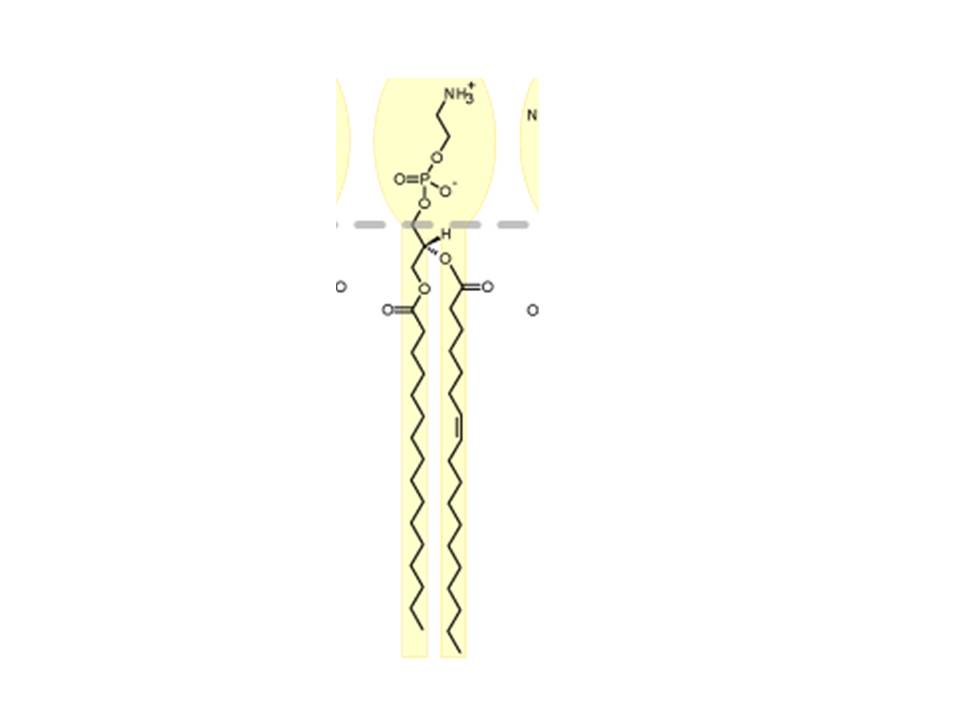Unit 2 Cell Biology Review
- AP Biology
- IB Biology
- MCAT
2.
You may optionally provide this to label your report, leaderboard, or certificate.
×
Thank you for your feedback!
















